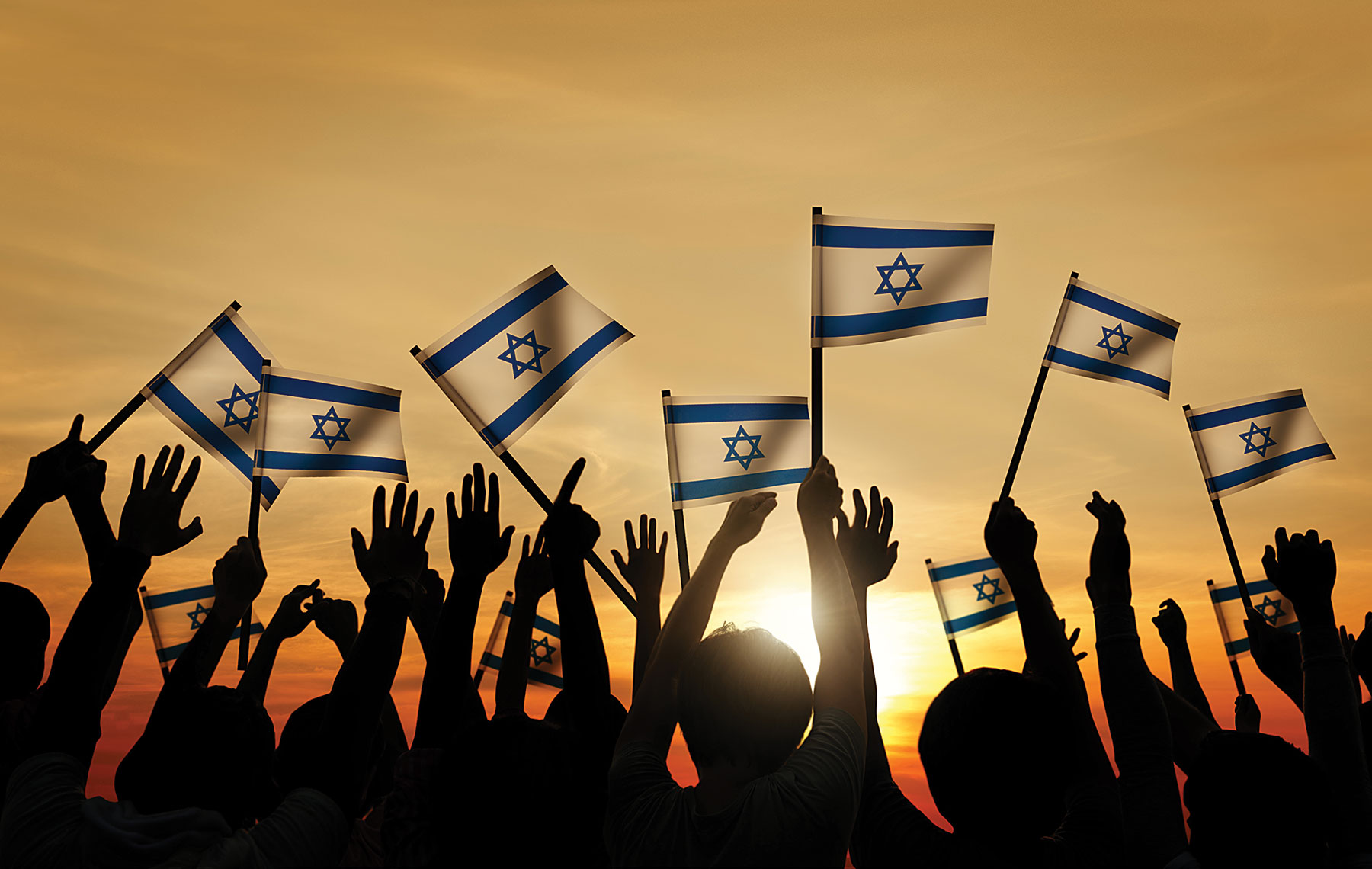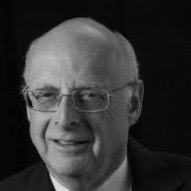
As I travel around the country, I hear an array of concerns about the state of Jewish life in America. The audiences I encounter are generally older and associated with synagogues, federations or Jewish Community Centers. The issues they raise reflect a shared sense of concern about the future.
What can we do to make certain that our children and grandchildren remain committed to Judaism?
With the population changes underway, what will America and our community look like?
What is happening to our Jewish institutions?
Why is the Jewish community so divided, and what can we do about it?
Do I need to worry about anti-Semitism in America and the tenor of American politics? These concerns have become increasingly elevated in light of the anti-Semitic attack in Pittsburgh and the growing presence of anti-Israel sentiments being generated on the political left. A new conversation is emerging among American Jews that raises for the first time in decades concerns about our physical status and security. As the extreme right and far left seek to challenge the status of Jews in this nation, where will Jews find their political home?
At times, the “asking” of these questions can be as interesting and challenging as the possible answers. Many seniors tend to frame their questions in the context of their own lives. They feel they must first tell you their family story as a way to personalize these issues and introduce their concerns. It’s as if they alone were undergoing these transitional moments. In many ways, their questions are a reflection of their fears, hopes and frustrations as they and their generation live through such significant social and structural transitions.
If I am speaking before an audience that is mostly homogeneous, a degree of “Can you top this?” takes place, as participants seek to outdo their contemporaries with their thoughts on how bad a situation appears to be or how the importance of their question ought to take priority over another person’s concerns.
This dynamic is particularly present when they talk about their children and grandchildren. I immediately sense a heightened level of pain and remorse as they describe the loss they feel when a younger family member opts to marry a non-Jew or their adult children report that one of the grandchildren is not intending to have a bar or bat mitzvah. They pose their questions and concerns as if they have failed to deliver the next generation to the Jewish people. Our older constituencies feel a total disconnect from the distinctive characteristics of grandchildren born into the millennial generation or the succeeding Generation Z.
The audiences at these communal events are principally baby boomers (born between 1946 and 1964) or “matures” (born prior to 1946). When the subject of their synagogue or Hadassah chapter comes up for discussion, they sadly report on the declining numbers. Their generational characteristics are very much in play, as these were folks who throughout their lives expressed their religious engagement and Zionist credentials through their organizational and synagogue labels.
For example, on the question of the “Jewish divide,” more than one individual has shared a tale of how they can no longer be in the same room or share a meal with a family member or longstanding friend in light of their deep political differences over Israel or President Donald Trump. Others, when asking about anti-Semitism, will introduce their concerns by offering personal stories or recent incidents they have heard about.
“How do we reach and engage millennials, along with the many others who sit outside the communal orbit? Which communities and institutions have found success after Birthright in maintaining connections? Invariably, organizations are trying to get a handle on outreach.”
With these types of questions, too, their sense of loss is profoundly evident. Change, as we can all acknowledge, can be difficult and unsettling. For at least some of the people in these older audiences, the connections they have known to their personal worlds — whether tied to family or community — appear to be coming undone. As one Holocaust survivor explained, “When we came to America in the late ’30s, we believed that this was the promised land. Today, some of us wonder whether we need to again pack our bags.”
Through it all, these questioners are in search of answers, whether they be found in immediate solutions or the next great Jewish revelation or experiment.
Also in my travels, I hear the following concerns of our rabbis, Jewish professionals and community leaders. While echoing some of the same frustrations and concerns, their tone and focus is somewhat different, given that they are hoping to help provide answers and solutions to many of the questions mentioned above.
Is anyone at home? How do we reach and engage millennials, along with the many others who sit outside the communal orbit? Which communities and institutions have found success after Birthright in maintaining connections? Invariably, organizations are trying to get a handle on outreach, asking how best to access the next generations of Jews. Just as we see anti-Israel expressions operating outside of our community, increasingly we find some younger Jews embracing viewpoints and organizations critical of Israel and its policies.
Have I got a deal for you! What’s new with dues models in maintaining the membership bases of our JCCs, organizations and synagogues? This question usually leads into a broader discussion about community and institutional fundraising and the challenges that face every organization today.
Who’s in and who’s out? Questions about Jews’ increasingly divergent political views and how a community can be built in light of these divisions is an ongoing concern. Helping communal leaders bridge political divisions presents a major challenge. Do we invite in groups many would consider to be “on the edge,” and what constitutes political positions that are seen as outside the boundaries of communal consensus? The question, “Should J Street be seated at the table?” may be emblematic of this discourse. But certainly as important is whether we can find common ground that permits communal dialogue and action.
What’s up with the Jews? How can we best manage the external “threats” facing our communities, such as the boycott, divestment and sanctions movement, the rise in anti-Semitism in the aftermath of Pittsburgh, and the textbooks and other materials flooding the educational marketplace that misrepresent Israel. Indeed, within recent weeks, this issue has taken on a new urgency as Jewish audiences struggle with the new realities of political extremism and violence.
Let’s do it better together. What successes are communities having with mergers and other measures to address institutional sustainability? How do we move from our organizational silos to collaborative engagement? Who appears to have successfully changed organizational culture? As communities face increasing demographic and economic challenges, these questions appear to be more persistent.
On the battle front. How can we overcome traditional communal wars, synagogue-federation tensions, interagency battles, etc.? Depending on the communities, the battlefield appears to involve different contenders, but the “Jewish wars” are sadly evident.
Facebook and beyond. Every organization today realizes that the marketplace for selling its brand and promoting programming requires a social media strategy. Who in the Jewish world is successfully employing social media?
So Nu! For the first time, leaders are now asking, “So what is the purpose of maintaining some of our traditional institutions?” In light of the changing patterns of philanthropic giving and the competitive nature of the Jewish marketplace, leaders are asking, “What role ought federations play in our community?” “Do we need Jewish social service agencies and JCCs when these organizations are increasingly serving many more non-Jews than individuals and families from within the Jewish community?
You don’t have a fever! How do we effectively operate in an era of great stress and tension? Today, professionals and some lay leaders are more open to sharing the burdens and challenges of working within the community. More folks are discussing their stories of burnout and the higher rates of professional turnover taking place within synagogues and communal organizations. The social tensions within the general society appear to have penetrated the Jewish sector.
You don’t need a crystal ball. If Jewish leaders are asking about the future of institutions and are struggling with the challenges of the workplace — as expressed in some of the questions above — the underlying issue for some of them is an abiding concern over the future of the Jewish enterprise. Will there be a Jewish community in the decades ahead? If so, what might it look like?
These overarching concerns, especially in light of anti-Jewish sentiments, appear to be keeping Jewish professionals up at night and some lay leaders struggling to understand their role in what appears to be a changing communal dynamic. Indeed, amid these evolving questions and conversations about the Jewish future, the spirit of innovation and the power of change are transforming the Jewish enterprise.
Steven Windmueller is the Rabbi Alfred Gottschalk Emeritus Professor of Jewish Communal Service at the Jack H. Skirball campus of Hebrew Union College-Jewish Institute of Religion in Los Angles. A version of this article first appeared on eJewishphilanthropy.com. His writings can be found on thewindreport.com.






















 More news and opinions than at a Shabbat dinner, right in your inbox.
More news and opinions than at a Shabbat dinner, right in your inbox.